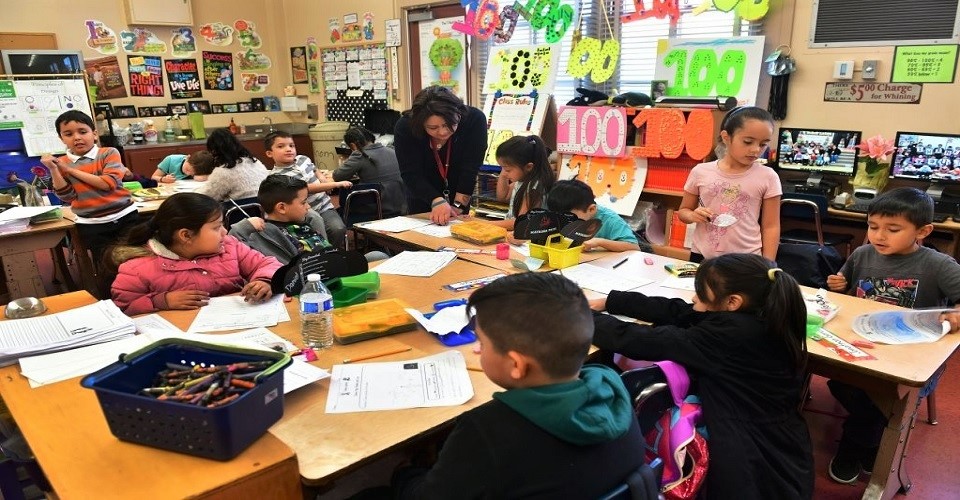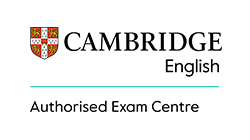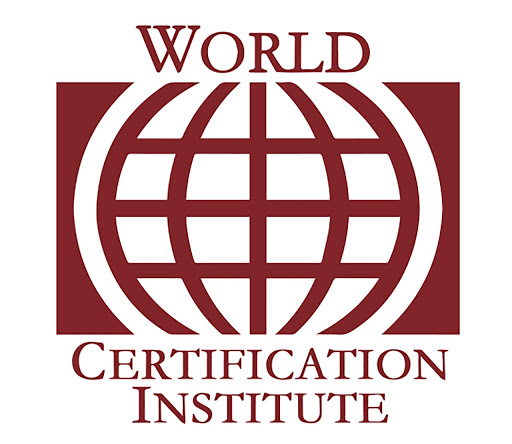As opposed to the idea of “one size fits all” let us visualize a classroom where students have the freedom to work on personalized plans or schemes of work. One may call this an alternate approach to education – personalized learning. The task for the teacher in the initial stages of practicing personalized learning may appear complicated; however with the right intent, regular practice and timely planning, the experience not only becomes enriching and effective for students, but also for the teacher. In reality, thus, the teacher leads and guides students through individualized learning experiences based on their strengths, needs, skills, interests and potential. In case of personalized learning, the three W’s (what, where, when) and one H (how) of learning is customized to meet the student’s individual requirements. In this learning environment students may learn at different paces, which is truly the objective of this approach. Their individual learning plans enable them to be on track with the learning objectives that match up with class or group learning objectives.
Judiciously applied, this approach to learning can create wonders in the everyday classroom – giving scope to students to discover, explore, review, reflect and take responsibility of their own learning. It is far more effective, enjoyable and personal an experience for the students as compared to the “one size fits all’ scenario. Teachers set both short term and long term goals for the students which help both teacher and taught to assess and review progress; and take further course of action based on these outcomes.
Learning plans have to be aligned with the required academic standards. Hence teachers have to ensure that students are able to achieve the desired learning outcomes by demonstrating the requisite skills involved in the learning process. An important idea to remember here is that the model for personalized learning should not be confused with the IEP or the Individual Education Plan which is typical and a necessity for special education needs learners. Therefore, personalized learning plan cannot replace an IEP or vice versa. The objectives for both are different. However, a personalized plan can complement an IEP or any other intervention program.
Some guidelines may be followed to make personalized learning effective and wholesome for the students, keeping in mind that finally the learning outcomes have to be attained through the plan.
- Using learner profiles: To maintain learners in depth progress records that document strengths, areas of improvement, needs, skills, interests, factors that motivate, personal goals and learning objectives/outcomes. These are not the same as report cards but can serve to help writing observations in report cards. These documents are meant to be updated on a regular basis. Hence teachers can make decisions based on the updates that will impact the students learning more positively than otherwise. Learner profiles enable students to make better choices about their learning plans and processes. They can take timely action so they are successful and achieve the desired goals and objectives of their learning plans.
- Using personalized learning paths: In this case, students collaborate with teachers to chart out their personal learning path or journey keeping in mind the objectives that are to be achieved by them. These are more to do with various learning and instructional methods which are unique to the individual students. Teachers provide additional support to both individual students as well as related small peer groups.
- Using competency based progression: Students are guided as to how they may demonstrate their skills and competencies in the respective knowledge areas. An important aspect here is also to enable students to build confidence and resilience.
- Using flexible learning environments: This include indoor and outdoor learning spaces, seating arrangements, discussion scenarios, teacher allocations, technological utilities, self- learning, and small group learning spaces and so on.









